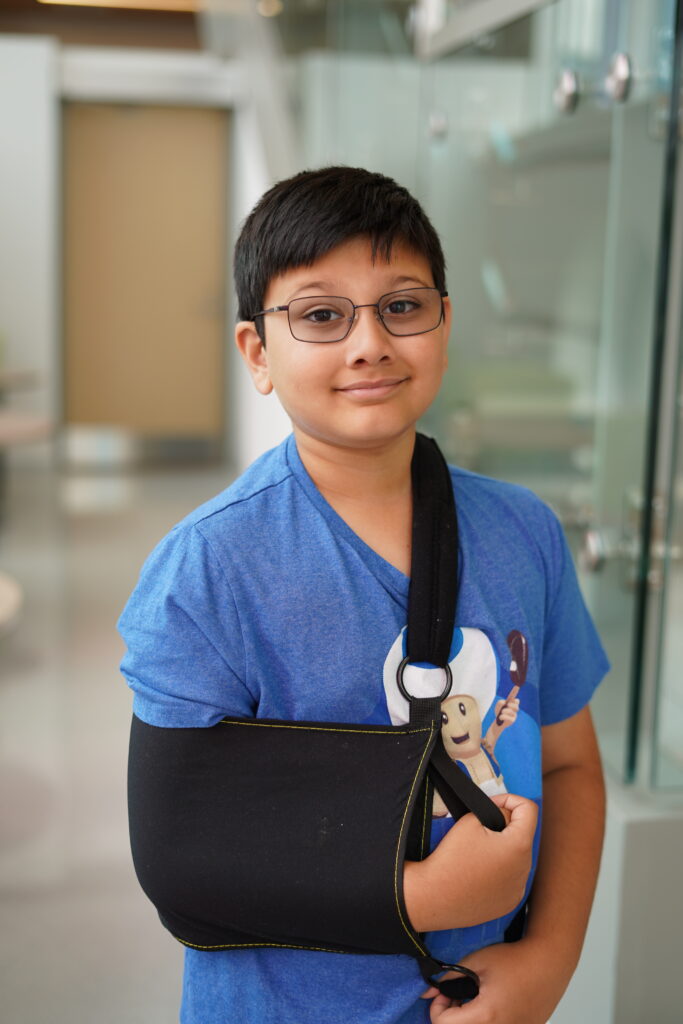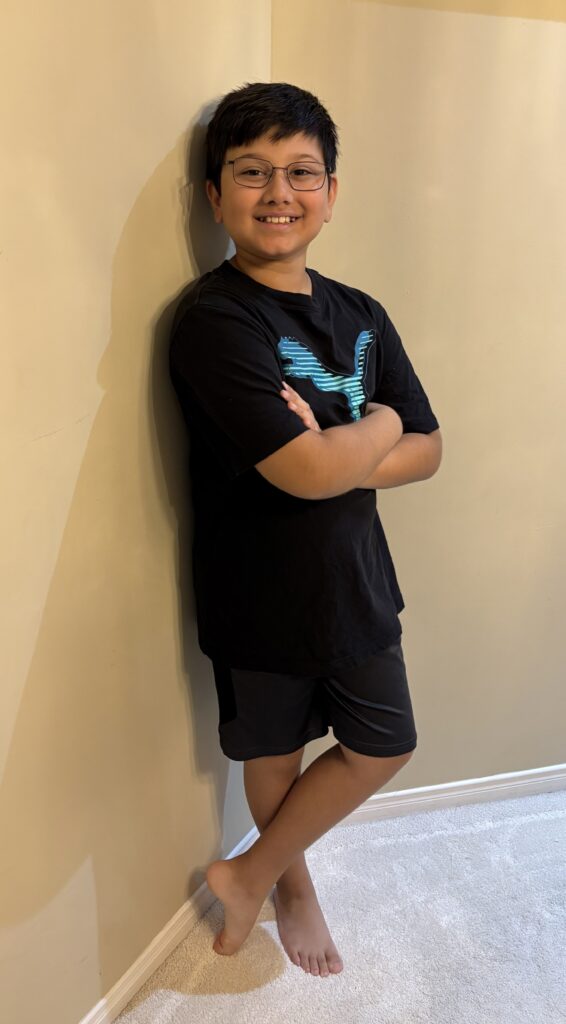9-year-old Suraj wakes up and quietly listens to his body. Some days, his legs and arms feel strong. Other days, they don’t move at all. To the outside world, it might seem confusing. He looks fine, but inside, Suraj’s brain is playing tricks on him. These tricks began after the sudden loss of his maternal grandmother, a very important person in his life and an emotional anchor. His brain reacted to the traumatic stress by signalling it to shut down, telling him that the emotional and mental pain also meant physical pain.
What followed were years of uncertainty. At just five years old, Suraj experienced his first episode of paralysis. He woke up to find his limbs lifeless, unable to walk or raise a finger. Doctors initially believed that he was experiencing a stroke, but after rushing to multiple hospitals and specialists, he was eventually diagnosed with Somatization, a complex condition where emotional pain and anxiety take a physical form. His brain, overwhelmed by trauma and fear, began sending false danger signals to his body.

For two years, Suraj lived in a wheelchair on and off. The paralysis came and went, sometimes for minutes, sometimes for days. He missed out on school, time with friends and the little moments in between that most kids take for granted. At times, he reverted to “baby talk,” overwhelmed by the stress in his body and mind. The pain signals are loud and scary. A small scratch on his arm would feel like a fracture. Writing a page in school could lead to severe tingling, heaviness and shoulder pain. His body would enter “shutdown mode” as if it were protecting him from a world that felt unsafe.
There were no easy answers. Suraj did not fit neatly into any box. Not quite physical pain, but not quite mental either. Too young for some programs and too complex for others. His family often felt lost while navigating a fragmented healthcare system, chasing therapies and asking questions like “Where do we go? Who understands this?”
With the help of SickKids’ Somatization Program, psychiatrists and his team at Grandview Kids, consisting of an occupational and physiotherapist, Suraj has begun using small but powerful tools. Breathing exercises help calm his brain, gentle sports strengthen his muscles and distraction techniques interrupt his paralysis before it fully sets in. Every step forward was a triumph for his body and spirit.

Now back in school after four years of virtual learning, Suraj still faces daily pain and fatigue. He makes it a point to stay active to keep his muscles working by playing sports like basketball, soccer, swimming, fencing and skateboarding. He’s still on a journey, but he’s also learning how to catch the warning signs and how to talk back to his brain’s false alarms and move through fear and anxiety with courage. Somatization may not be visible. The pain might not show on a scan, but Suraj is proof that invisible pain is as real as inner strength.
For International Pain Awareness Month, Suraj’s journey reminds us of the importance of compassion, awareness and belief. Children and youth who experience pain like his often have it go unnoticed because their pain doesn’t follow the usual expectations. However, with the proper support, understanding of others and a willingness to think outside the box, healing can happen for the body, heart and mind.
Check out more Grandview Kids articles
- Scarlett sparkles with hope in every step: Grandview Kids 2025 Holiday Campaign
- Volunteer Spotlight – Heather A.
- November: Dates of Significance
- Celebrating the Extensive Needs Services’ second anniversary
- “That’s what freedom looks like for a child” – National Child Day 2025
